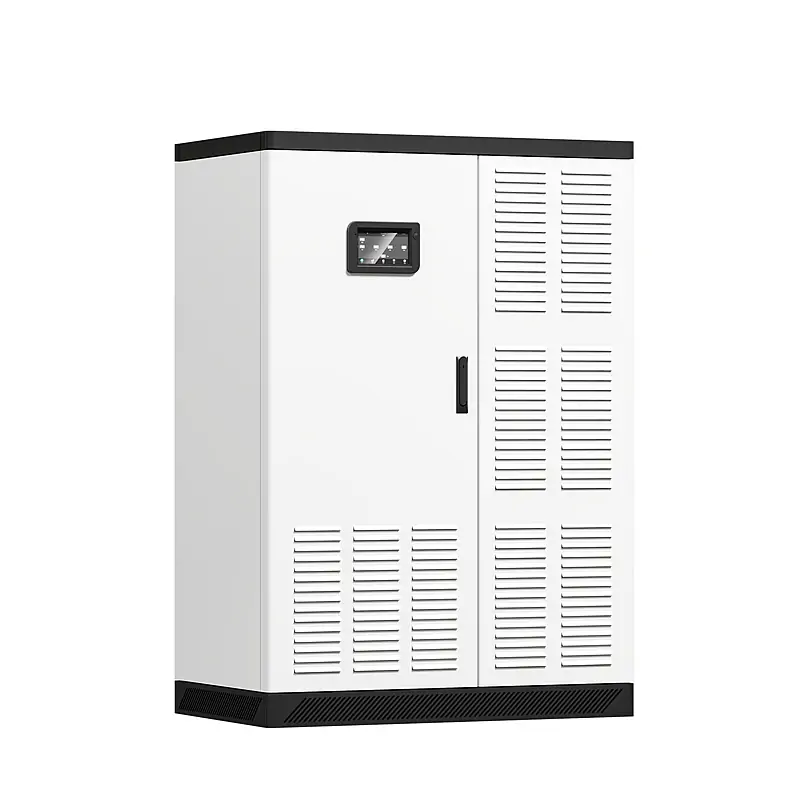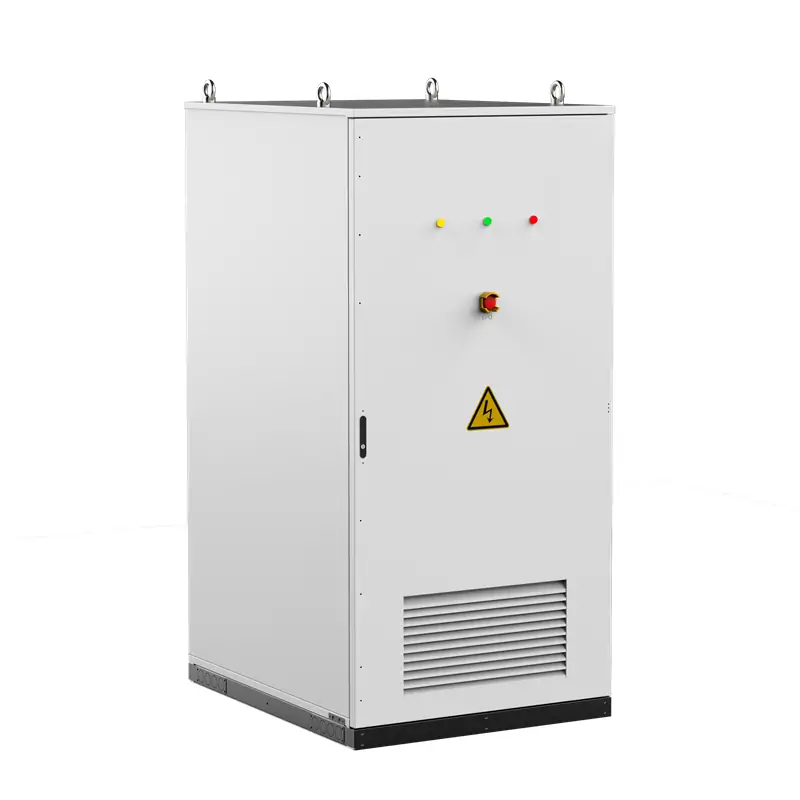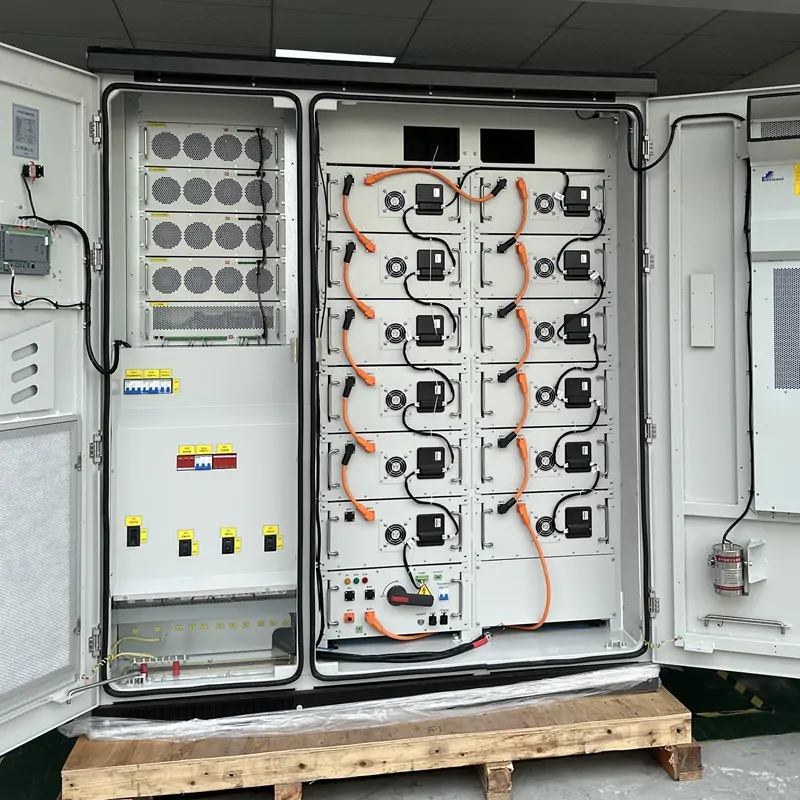LiFePO4 Battery Advantages and Disadvantages
LiFePO4 battery is a kind of lithium-ion battery. Over the years, with the continuous development of the battery industry, LiFePO4 battery gradually from obscurity to become the mainstream of the market. As the dominant market LiFePO4 battery has its own characteristics. Let’s learn about the advantages and disadvantages of LiFePO4 batteries today.
Table of Contents
LiFePO4 battery advantages
1. Long cycle life
LiFePO4 material has good reversibility and cyclability because its own crystals do not rearrange when lithium ions are de-embedded. At present, the cycle life of LiFePO4 battery can reach 2000-10000 times.
From the battery data given by some top LiFePO4 manufacturers, you can see that the cycle life of high-capacity LiFePO4 batteries is generally around 6,000 times. Assuming 1 day cycle charging once, the cycle life of 6000 times, then the LiFePO4 battery theoretically can be used for 16 years. In practice, the service life can reach more than 10 years under normal circumstances. And after reaching the cycle life, the battery still has 80% of the capacity can be used.
A long cycle life means no frequent battery replacements and a lower cost spread over a day’s use.

2. High temperature resistance and high safety
The spontaneous combustion temperature of LiFePO4 battery is higher, around 800℃. The P-O covalent bond in the LiFePO4 battery has a large bond energy, strong stability, not easy to decompose, high temperature or overcharge will not make its structure collapse. So LiFePO4 batteries are relatively safer, and are not prone to heat loss in hot weather.
3. Low manufacturing costs
LiFePO4 batteries do not contain precious metals, unlike other lithium-ion batteries that require nickel, cobalt, manganese and other metals as cathode materials, so the cost of lithium iron phosphate batteries is relatively low. The same capacity of lithium-ion battery products, the use of LiFePO4 battery price may be cheaper.
4. Environmentally friendly
LiFePO4 batteries do not contain toxic heavy metals such as lead or cadmium, and are environmentally friendly as they do not produce harmful substances during production or use. And the battery is recyclable, which can reduce the waste of resources and help build a greener, cleaner future.
5. no memory effect
Battery memory effect refers to the phenomenon that if the battery is not thoroughly charged and discharged for a long time, it is easy to leave traces in the battery and reduce the capacity of the battery. Batteries with memory effect will be more troublesome to use, before charging, in order to prevent the memory effect will generally wait until the power is exhausted or discharged first. But LiFePO4 batteries do not have this phenomenon. No matter what state the battery is in, it can be used at any time without discharging before charging.
6. Low self-discharge rate
LiFePO4 batteries have a low self-discharge rate and do not require active maintenance, making them more hassle-free for both storage and intermittent use.

Disadvantages of LiFePO4 batteries
1. High impact of low temperatures
Although LiFePO4 batteries are resistant to high temperatures, their low temperature performance is not ideal. LiFePO4 battery cathode material in the amount of lithium ions in the electrolyte free will be affected by the low temperature, the lower the temperature, the battery capacity also appeared to decline significantly. For example, at -20 ℃ battery capacity is only about 50% of normal.
2. Low energy density
The same lithium-ion battery, because the LiFePO4 battery itself is not dense particles, so in the same weight and volume, LiFePO4 battery capacity will be smaller than the ternary lithium battery.
3. Charging and discharging efficiency needs to be improved
LiFePO4 batteries have average conductivity and lithium ion activity compared to lithium ternary batteries. Lithium ternary batteries can achieve higher discharge multipliers and faster charging speeds. LiFePO4 batteries are lacking in this regard. And it is very important to realize fast charging and shorten the battery charging speed in practical life applications.
Summarize
In general, LiFePO4 battery has the advantages of long cycle life, high temperature resistance, high safety, low manufacturing cost, environmental protection, no memory effect, low self-discharge rate. Low temperature performance is not good, low energy density, low charging and discharging efficiency and other shortcomings. LiFePO4 batteries want to go further to occupy the battery market, it is necessary to constantly update the technology, repair their own shortcomings. In the future, is the new technology of LiFePO4 battery or other new materials battery will become the new mainstream of the battery industry? Let’s wait and see!






